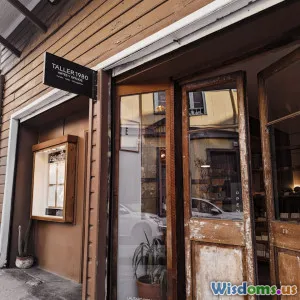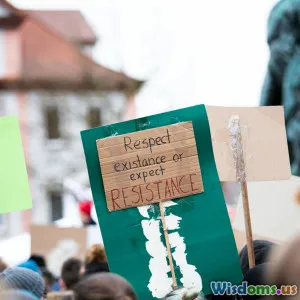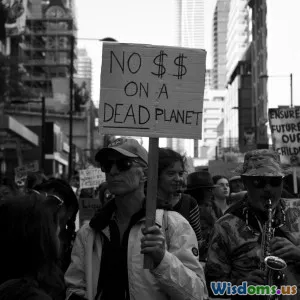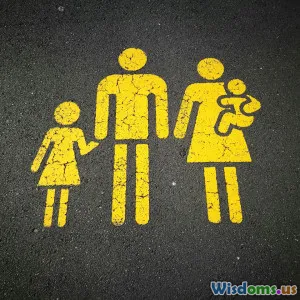
Challenges of Art in a Globalized World
6 min read Explore the complexities artists face in a globalized context, from cultural appropriation to market pressures, and the impact on creativity. (0 Reviews)
Challenges of Art in a Globalized World
Introduction
In our rapidly globalizing world, art serves as both a mirror and a lens, reflecting diverse cultural expressions while also shaping societal values. However, the global art scene is not without its challenges. Artists today navigate complex issues such as cultural appropriation, commercialization, and the impact of technology on authenticity and accessibility. This article explores these challenges and their implications for artists, society, and culture at large.
The Landscape of Globalization
Globalization has led to unprecedented cultural exchange, allowing artists to gain inspiration from a wide range of sources. This interconnectedness can be beneficial, fostering innovation and collaboration. However, it can also lead to significant challenges. As art crosses borders, so do ideas and cultural practices, which raises questions about ownership, authenticity, and respect for cultural heritage.
Cultural Appropriation
One of the most contentious issues in the global art landscape is cultural appropriation. This occurs when artists adopt elements from another culture without understanding or honoring its significance. For example, when Western fashion designers incorporate traditional Indigenous patterns into their collections, it can be seen as exploitative, stripping the original meaning from these cultural symbols. This not only harms the source culture but also raises ethical concerns about who gets to represent and profit from these cultural narratives.
Market Pressures and Commercialization
Another challenge artists face in a globalized world is the pressure to conform to market demands. The rise of global art fairs and online platforms has created a competitive environment where commercial success often trumps artistic integrity. Artists may feel compelled to produce work that caters to popular trends rather than exploring their unique voices. For instance, the popularity of street art has led many artists to create works designed for social media consumption, risking the depth and intent behind their creations.
The Impact of Technology
Technology has transformed the way art is created, shared, and consumed. While digital platforms offer new avenues for exposure, they also present challenges. The oversaturation of content can lead to a 'scrolling culture' where art is consumed rapidly and superficially. Moreover, issues of copyright and intellectual property become increasingly complex in the digital realm. Artists must navigate these waters carefully to protect their work while still reaching a global audience.
The Role of Artists in Society
Despite these challenges, artists continue to play a crucial role in society. They are often at the forefront of social change, using their work to comment on pressing issues such as inequality, climate change, and cultural identity. For example, artists like Ai Weiwei use their platform to advocate for human rights, demonstrating how art can transcend borders and resonate globally.
Finding Authenticity
In a world that often prioritizes commercial viability over authenticity, many artists are seeking ways to maintain their unique voice. This quest for authenticity can manifest in various forms, from embracing traditional techniques to exploring personal narratives that reflect their cultural backgrounds. Artists who are able to balance market demands with their artistic integrity often find a more fulfilling path.
Conclusion
The challenges of art in a globalized world are complex and multifaceted. While globalization offers opportunities for connection and collaboration, it also raises important questions about cultural ownership, commercialization, and authenticity. As artists navigate these challenges, their role in society remains vital, reminding us that art is not only a form of expression but also a powerful tool for social change. By fostering respectful cultural exchange and prioritizing authenticity, artists can continue to thrive in this ever-evolving landscape.
Ultimately, the future of art in a globalized world depends on our collective ability to engage with these challenges thoughtfully and respectfully, ensuring that all voices are heard and valued.
Rate the Post
User Reviews
Popular Posts





















